Why is everyone so angry? How can socialism possibly be on such a rise, particularly among younger people around the world? Why are Americans suddenly dying off?
According to one study, two-thirds of millennials are convinced they are doing worse when compared to their parents’ generation. Sixty-two percent say they are living paycheck to paycheck, with no savings and no way to get any (though they also tend to “overspend” when compared to other age groups).
Worst of all, premature deaths. For decades, the average lifespan would rise as if it was preordained, that technological progress especially in the United States would mean its citizens would live longer, healthier, and happier lives. Catching everyone off-guard, mortality rates began to rise first a little and then by a lot.
Conventional wisdom says that the economy is booming again. The Global Financial Crisis was finally overcome, and the global system put right after so many sluggish years. Thank you central bankers for your courage!
Yet, these problems and questions remain.
In fact, you might even argue that the “boom” is a contributing factor – if in no way like it generally comes across. A real economic growth spurt would open up opportunity to everyone across all demographic subgroups. That’s the thing about a true boom, the rising tide which lifts every boat.
What about a fake “boom?” By itself maybe not much of an issue. One that shows up after an unhealthy length of time where little economic progress had been made, however, that just might make things even worse. Explosively so.
Imagine being laid off during the Great “Recession.” Painful and a huge step back but nothing so out of the ordinary. Everyone (except, curiously, central bankers) got screwed in ’08. Workers, stock investors, and homeowners who found out the fine print mattered to some remote trust holding the real paper who could no longer repo it. It was a widespread fiasco that took years to dig out from under, sparing very few.
So, if by, say, 2013 or 2014, you’re still unemployed (or taking additional layers of “graduate” courses at a university or college somewhere long past your intended graduation and exit) and scaping by this is despairing but not overly so. You turn on the TV or whip out your smartphone and whenever they talk about the economy it’s usually in hushed tones and with reserved phrases.
There was obvious meaning to the struggle.
All of a sudden, though, in 2014 the “best jobs market in decades” shows up. Stocks zoom to new record highs. Federal Reserve officials who just before had been undertaking even more “stimulus” because they admitted the economy needed it flip positions and begin speaking confidently about ending it and getting back to normal.
You don’t see any of that. The economy is apparently booming, because that’s what everyone says, but it sure doesn’t feel that way and hasn’t trickled its way down to your perceptions. Worse, the more you hear about the booming economy the more convinced you are it must mean somewhere else and therefore no chance for you to get in on it.
And that’s assuming you don’t face that stuff inward blaming yourself for your inability to participate in the widely reported good times.
There’s a growing catalog of data which connects economic despair with rising mortality rates. One study published in November in the Journal of the American Medical Association looked back at six decades of CDC data and found an alarming rise in “deaths of despair” in “economically depressed regions.”
While the trend began to show up earlier, it cannot be related strictly to the disappearance of manufacturing in these Rust Belt-type areas that began as far back as the early eighties. Not when the trend changed, and more so when “deaths of despair” really turned higher, at pretty obvious turning points:
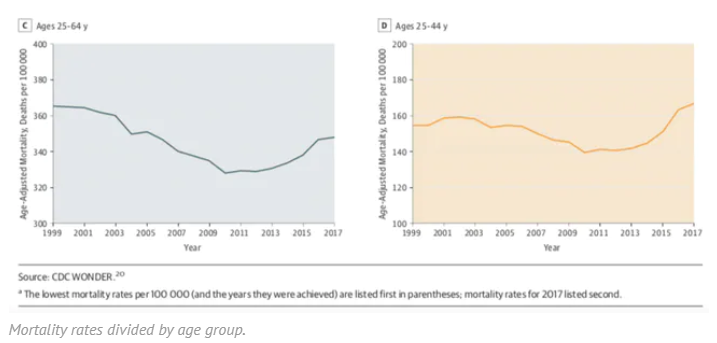
Mortality rates stopped falling right around 2008. They started to really rise…in 2014. People took the Great “Recession” hard but it may have been the “recovery” and its fake boom which showed up and could have made it much, much worse. The economic data and more so the inappropriate and context-free official interpretations of the data (parroted uncritically in all forms of media) told the too-many Americans on the outside looking in that they were really missing out.
Except the huge economic party they were uninvited from didn’t actually exist. It was a figment, the very one that actually got Donald Trump elected by these same voters in these same places.
It’s not just mortality. The ongoing lack of economic progress has registered on the other side of life’s ledger – at birth rates. Look at the CDC’s data on expected births. It had been rising and steady around replacement levels since the seventies even as the Rust Belt grew rusty.
But once 2008 hit:
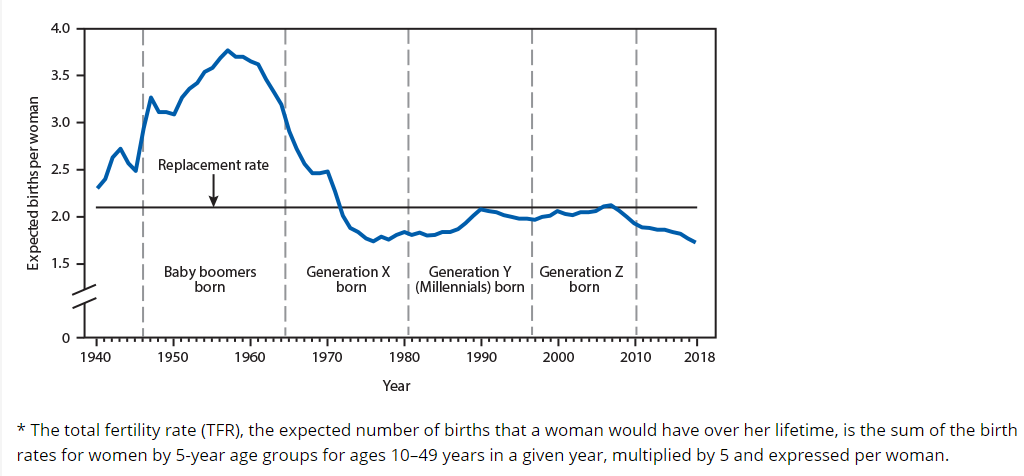
And you can just see how the downward move accelerates in 2016 toward the latest low figures for 2018. The fake boom leaving women and their potential mates to put off if not entirely eschew child rearing.
If Economists and central bankers (not just in the US) are right, this whole R* business, there is no way to explain these figures except to blame the people undergoing the emotional pain. Those at highest risk of taking their own lives, the “deaths of despair”, should stop being so lazy, wallowing in the implied self-pity and just go back to school already.
It is beyond insulting; it is dangerous and, yes, deadly.
What R* is supposed to say is that the economy can’t grow like it once did. That this is the best that can be, and if people don’t like it that’s their problem. It ain’t Jay Powell’s.
But the evidence continues to pile up saying authorities have got it all wrong. All wrong. That’s where interest rates and inflation come into it. If the R* view had been correct, then a serious inflationary outbreak should’ve happened in late 2017 and early 2018. The end of 2018 at the absolute latest.
R* says there is no more economic slack, that the reported boom since 2014 used it all up and then some. Labor market conditions because of it are so tight they haven’t been this good since 1969.
It just doesn’t make any sense in the context of births, deaths, and socialism.
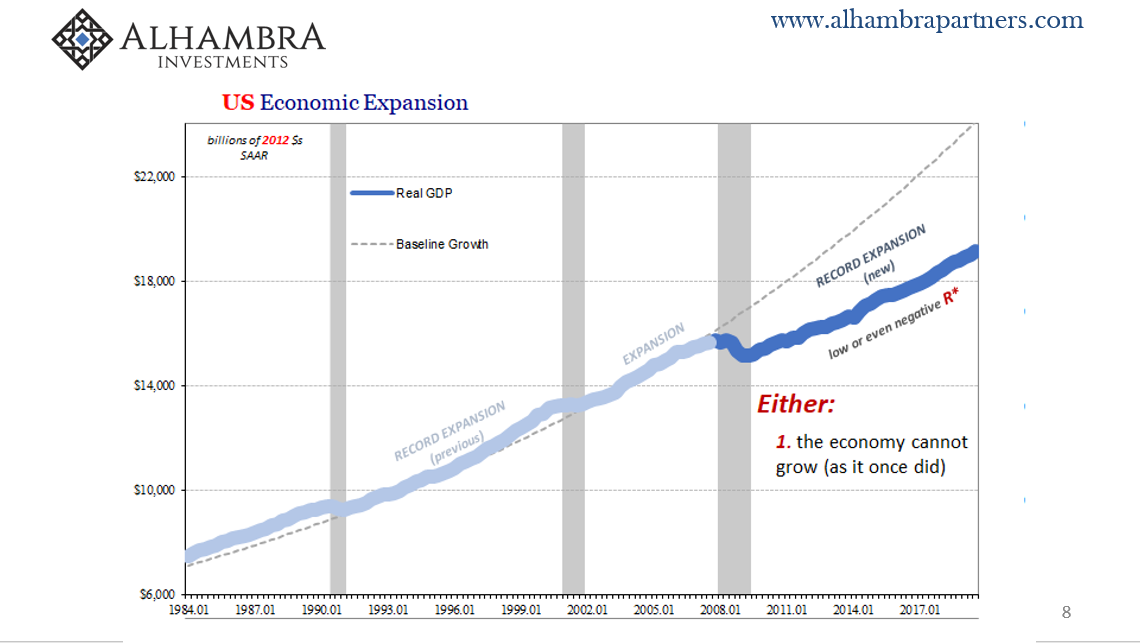
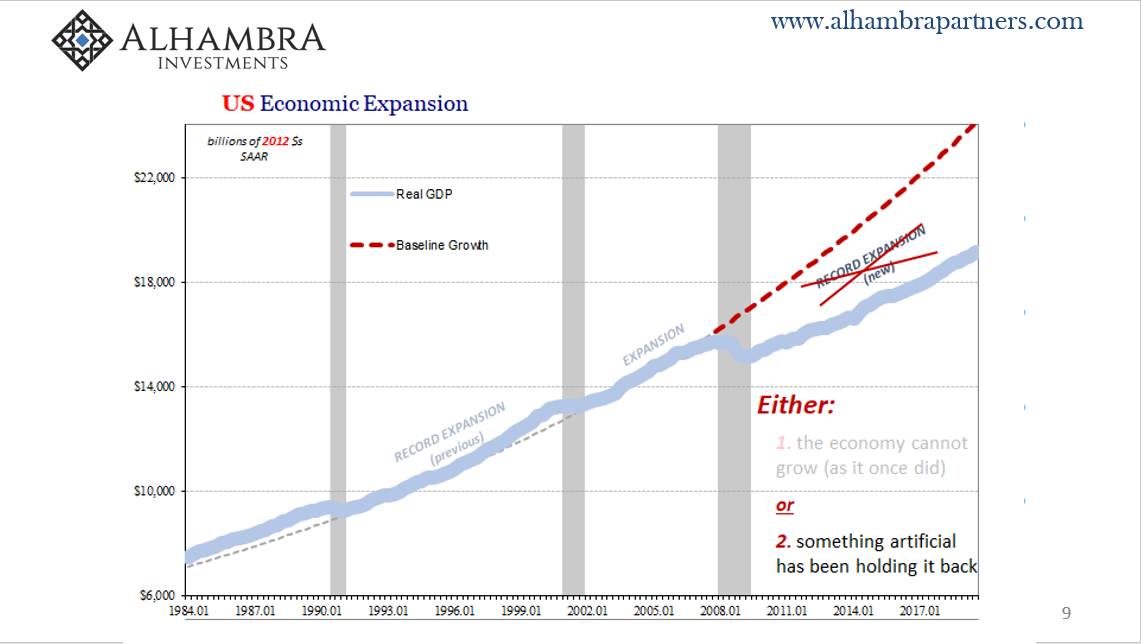

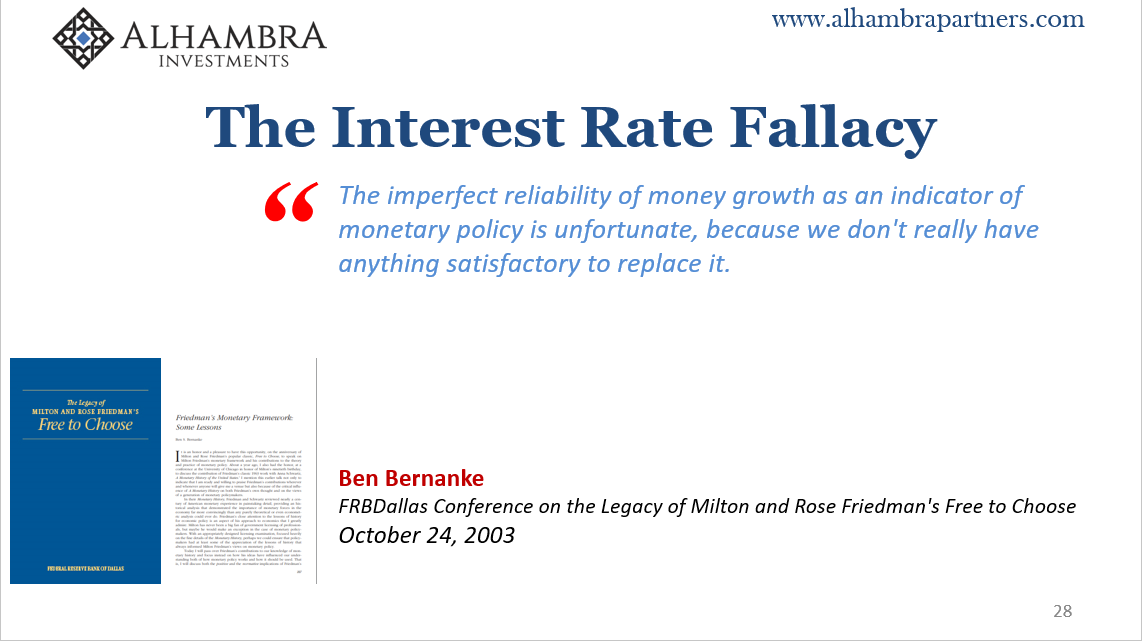
That’s what was so important about recent updates to economic potential due to the lack of inflation. It was, as I called it, quite unfortunately in this context, the smoking gun. Economists have very quietly changed their position. Inflation didn’t show up because, as they now admit, and their rate cuts demonstrate, slack absolutely has to still be there. In 2019 (now 2020).
The boom they talked about for years didn’t quite boom like they were saying. And that’s the most charitable way to put it. The inflation and bond market numbers actually go much further. Fake boom. Trump had been (once) right about the unemployment rate.
The economic damage is enormous to the point of being incomprehensible. Birth and mortality rates only begin to narrate the contours of such destruction.
Despicably, Jay Powell and his compatriots, though, they say the economy begins 2020 in a good place. No, this economy begins the twenties at the morgue. Literally and figuratively. It’s the one place where there has been inflation.
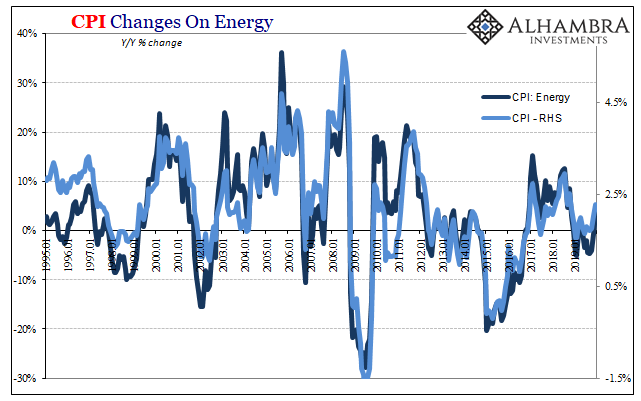
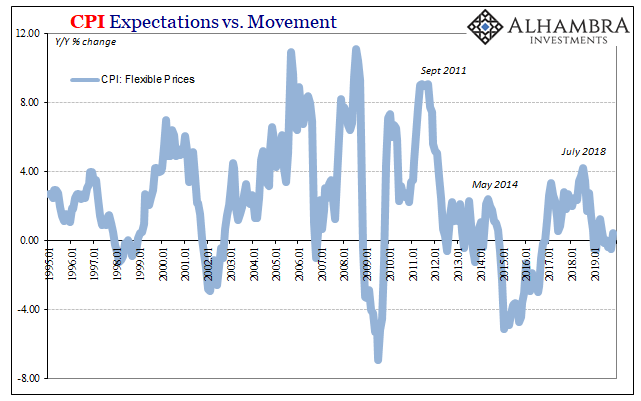


Stay In Touch